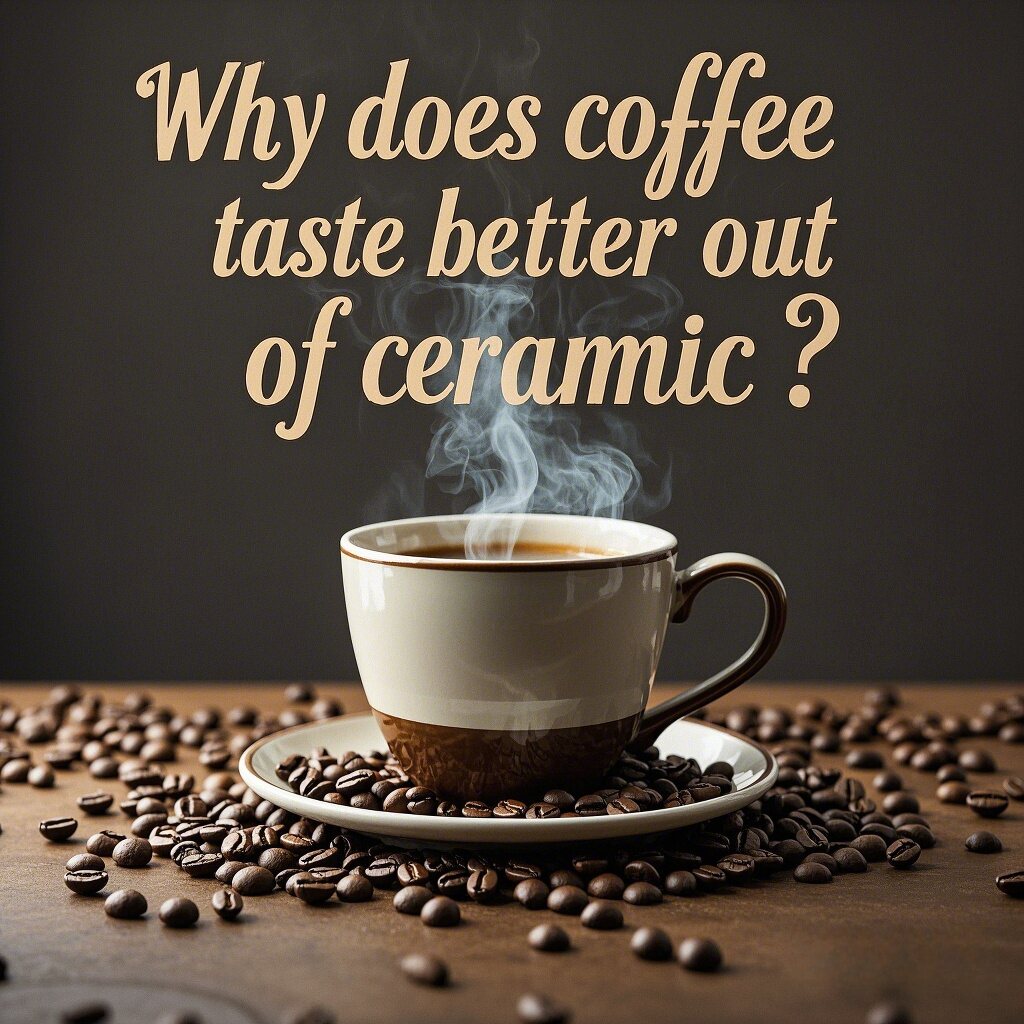Ceramic vs. Porcelain Plates: Which is Better? Why TAOTAO’s Ceramic Designs Shine
The choice between ceramic and porcelain plates often boils down to lifestyle, aesthetics, and practicality. While both materials have their merits, ceramic plates-- especially those crafted by TAOTAO-- offer a unique blend of durability, versatility, and timeless appeal that make them a favorite for home cooks and professional chefs alike. Let's explore how ceramic plates compare to porcelain and why TAOTAO's designs excel in modern kitchens.
Ceramic vs. Porcelain: Key Differences at a Glance
Ceramic and porcelain plates share similarities but diverge in composition, production, and performance:
Material & Production: Ceramic plates are made from natural clay mixed with minerals and fired at lower temperatures (900-- 1200 ° C), resulting in a thicker, rustic texture. Porcelain, on the other hand, uses refined kaolin clay fired at higher temperatures (1200-- 1400 ° C), creating a thinner, glass-like finish.
Durability: Porcelain's high-density makeup makes it chip-resistant but prone to shattering if dropped. Ceramic plates, particularly TAOTAO's high-fired stoneware, are thicker and more forgiving, surviving daily wear and occasional bumps.
Heat Retention: Ceramic's density retains heat longer, keeping food warm during meals. Porcelain cools faster, ideal for chilled dishes like salads or desserts.
TAOTAO bridges these traits with ceramics kiln-fired at 1280 ° C, achieving porcelain-like durability while preserving ceramic's warmth and texture.
Why Choose Ceramic Plates? The TAOTAO Advantage
While porcelain plates suit formal dining, ceramic plates thrive in everyday scenarios. Here's why TAOTAO's ceramics stand out:
Versatility for Modern Lifestyles
From oven-to-table baking to microwave reheating, TAOTAO's oven-safe ceramic plates handle temperature swings without cracking. Their non-porous glaze resists stains and odors, unlike porous earthenware or delicate porcelain.
Ergonomic and Family-Friendly
Ceramic's weight provides stability, reducing spills during lively family meals. TAOTAO's rounded edges and chip-resistant rims make them safe for children, while their matte finishes prevent noisy clattering.
Aesthetic Flexibility
Porcelain's bright white finish suits minimalist tablescapes, but ceramic offers richer textures and colors. TAOTAO's collections range from hand-painted artisan designs to sleek, modern geometries, complementing rustic farmhouse or contemporary interiors.
Eco-Conscious Craftsmanship
TAOTAO uses locally sourced clays and water-based glazes, minimizing environmental impact. Their ceramics are built to last decades, reducing waste from frequent replacements-- a stark contrast to fragile porcelain or disposable dishware.
When Porcelain Plates Make Sense
Porcelain excels in specific contexts:
Formal Dining: Its delicate appearance elevates holiday feasts or dinner parties.
Lightweight Stacking: Ideal for small kitchens with limited storage.
Neutral Backdrop: White porcelain lets colorful foods shine in photos.
However, TAOTAO's glazed ceramic plates mimic porcelain's elegance with added practicality. Their hybrid designs feature thin profiles and glossy finishes that mimic porcelain's refinement while retaining ceramic's sturdiness.
Caring for Ceramic vs. Porcelain Plates
Ceramic (TAOTAO): Most are dishwasher-safe. For stubborn stains, soak in baking soda and water. Avoid thermal shocks (e.g., freezer to oven).
Porcelain: Handwash to preserve delicate surfaces and prevent hairline cracks.
TAOTAO's ceramics come with a 5-year warranty, covering glaze defects and premature wear.
The Sustainability Edge
Ceramic plates, especially TAOTAO's durable designs, outlast porcelain and reduce reliance on disposable alternatives. Their timeless styles resist trends, encouraging lifelong use rather than cyclical replacements.
Conclusion: Ceramic Plates Win for Balance and Practicality
While porcelain has its niche, ceramic plates-- especially TAOTAO's innovative collections-- offer unmatched versatility for daily meals, casual gatherings, and even gourmet cooking. By blending durability, heat retention, and artisanal beauty, TAOTAO redefines ceramic as the smarter, sustainable choice for modern living.
Explore TAOTAO's ceramic plate collections to discover pieces that marry function with enduring style.
CTA: Upgrade your tableware with TAOTAO-- where every meal is served on craftsmanship you can trust.


